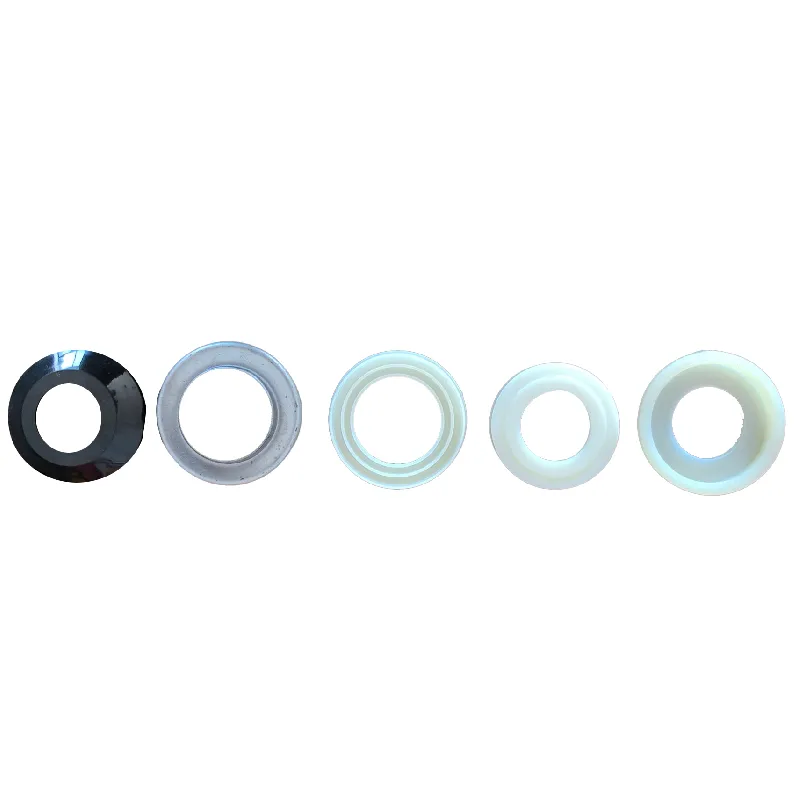 Afrikaans
Afrikaans  Albanian
Albanian  Amharic
Amharic  Arabic
Arabic  Armenian
Armenian  Azerbaijani
Azerbaijani  Basque
Basque  Belarusian
Belarusian  Bengali
Bengali  Bosnian
Bosnian  Bulgarian
Bulgarian  Catalan
Catalan  Cebuano
Cebuano  Corsican
Corsican  Croatian
Croatian  Czech
Czech  Danish
Danish  Dutch
Dutch  English
English  Esperanto
Esperanto  Estonian
Estonian  Finnish
Finnish  French
French  Frisian
Frisian  Galician
Galician  Georgian
Georgian  German
German  Greek
Greek  Gujarati
Gujarati  Haitian Creole
Haitian Creole  hausa
hausa  hawaiian
hawaiian  Hebrew
Hebrew  Hindi
Hindi  Miao
Miao  Hungarian
Hungarian  Icelandic
Icelandic  igbo
igbo  Indonesian
Indonesian  irish
irish  Italian
Italian  Japanese
Japanese  Javanese
Javanese  Kannada
Kannada  kazakh
kazakh  Khmer
Khmer  Rwandese
Rwandese  Korean
Korean  Kurdish
Kurdish  Kyrgyz
Kyrgyz  Lao
Lao  Latin
Latin  Latvian
Latvian  Lithuanian
Lithuanian  Luxembourgish
Luxembourgish  Macedonian
Macedonian  Malgashi
Malgashi  Malay
Malay  Malayalam
Malayalam  Maltese
Maltese  Maori
Maori  Marathi
Marathi  Mongolian
Mongolian  Myanmar
Myanmar  Nepali
Nepali  Norwegian
Norwegian  Norwegian
Norwegian  Occitan
Occitan  Pashto
Pashto  Persian
Persian  Polish
Polish  Portuguese
Portuguese  Punjabi
Punjabi  Romanian
Romanian  Russian
Russian  Samoan
Samoan  Scottish Gaelic
Scottish Gaelic  Serbian
Serbian  Sesotho
Sesotho  Shona
Shona  Sindhi
Sindhi  Sinhala
Sinhala  Slovak
Slovak  Slovenian
Slovenian  Somali
Somali  Spanish
Spanish  Sundanese
Sundanese  Swahili
Swahili  Swedish
Swedish  Tagalog
Tagalog  Tajik
Tajik  Tamil
Tamil  Tatar
Tatar  Telugu
Telugu  Thai
Thai  Turkish
Turkish  Turkmen
Turkmen  Ukrainian
Ukrainian  Urdu
Urdu  Uighur
Uighur  Uzbek
Uzbek  Vietnamese
Vietnamese  Welsh
Welsh  Bantu
Bantu  Yiddish
Yiddish  Yoruba
Yoruba  Zulu
Zulu V-Belt Idler Pulleys Selection Guide Based on Size and Application Needs
Understanding V-Belt Idler Pulleys by Size
V-belt idler pulleys are integral components in various mechanical systems, commonly found in cars, agricultural machinery, and industrial equipment. Their primary purpose is to guide and maintain tension on the V-belts, which transmit power between different parts of machinery. V-belts are generally characterized by their trapezoidal cross-section that fits snugly into the grooves of the pulleys, enabling efficient power transfer. Understanding the role and selection of V-belt idler pulleys by size is essential for optimizing performance and longevity in various applications.
The Importance of Idler Pulleys
Idler pulleys play a crucial role in a mechanical system for several reasons. First, they help maintain the correct tension on the V-belt, ensuring that the belt remains in contact with the drive pulleys. This contact is vital for effective power transmission. Second, idler pulleys redirect the V-belt’s path to ensure that it operates smoothly, preventing slippage and reducing wear and tear. Lastly, proper alignment and sizing of idler pulleys can reduce the mechanical load on other components, prolonging the life of the entire system.
Sizing of Idler Pulleys
When selecting idler pulleys, size is one of the most critical factors to consider. The size of an idler pulley is determined by its diameter, width, and the groove profile that matches the corresponding V-belt. An appropriate size ensures maximum contact area with the belt, which is essential for effective energy transfer and minimal slippage.
1. Diameter The diameter of the idler pulley affects the belt's tension and the overall speed of rotation. Generally, a larger pulley will create less tension on the belt but may lead to increased inertia. Conversely, a smaller pulley can maintain higher tension but may lead to increased wear on the belt. Thus, selecting the right diameter is a balancing act that depends on the requirements of the specific application.
2. Width The width of the idler pulley should match the width of the V-belt being used. If the width is too narrow, the belt may displace off the pulley, leading to slippage. However, if the pulley is too wide, it can create excessive friction and heat, which may cause premature failure of the belt.
v belt idler pulleys by size

3. Groove Profile The groove profile on the idler pulley must match the V-belt's design. There are various profiles, including classical, narrow, or wedge styles, which correspond to different belt types. Ensuring compatibility prevents unnecessary wear and enhances performance.
Material Considerations
The material of the idler pulley is another important aspect that can affect its performance. Common materials used for idler pulleys include plastic, aluminum, and steel. Each material has its advantages and disadvantages; for instance, plastic pulleys are lightweight and resistant to corrosion but may not endure heavy loads as well as metal pulleys. On the other hand, steel pulleys are robust and suitable for high-load applications but may require regular maintenance to prevent rust and wear.
Maintenance and Replacement
To ensure the longevity of idler pulleys, regular maintenance is essential. This includes checking for any signs of wear, such as cracks or wear marks on the pulley and the belt. Any noticeable damage indicates that it’s time for a replacement. Ignoring these signs can lead to failure of the pulley or the belt, resulting in costly downtime and repairs.
Conclusion
In summary, V-belt idler pulleys are critical components that require careful consideration regarding size, material, and maintenance. Proper sizing ensures optimal tension and alignment, leading to improved efficiency and longevity of the mechanical system. Understanding the specific needs of your application will guide you in selecting the right idler pulleys, ultimately contributing to the reliability and performance of your machinery. Regular inspection and maintenance will further enhance these benefits, providing peace of mind as you ensure smooth operation in your equipment.
-
Revolutionizing Conveyor Reliability with Advanced Rubber Lagging PulleysNewsJul.22,2025
-
Powering Precision and Durability with Expert Manufacturers of Conveyor ComponentsNewsJul.22,2025
-
Optimizing Conveyor Systems with Advanced Conveyor AccessoriesNewsJul.22,2025
-
Maximize Conveyor Efficiency with Quality Conveyor Idler PulleysNewsJul.22,2025
-
Future-Proof Your Conveyor System with High-Performance Polyurethane RollerNewsJul.22,2025
-
Driving Efficiency Forward with Quality Idlers and RollersNewsJul.22,2025





























